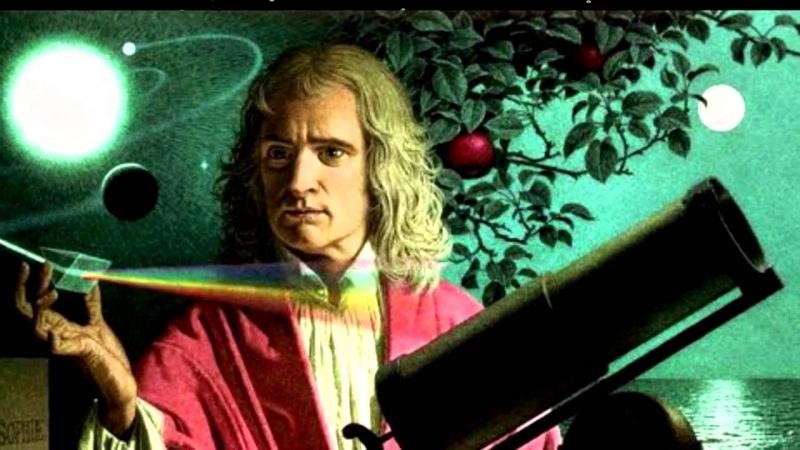
The Newton’s laws, also known as laws of motion, are three principles of physics that refer to the motion of bodies. Are:
- The first law or law of inertia.
- The second law or fundamental principle of dynamics.
- The third law or principle of action and reaction.
These principles were formulated by the English physicist and mathematician, Isaac Newton in his work Philosophiæ naturalis principia mathematica (1687). With these laws, Newton established the foundations of classical mechanics, the branch of physics that studies the behavior of bodies at rest or moving at small speeds (compared to the speed of light).
Newton’s laws marked a revolution within the field of physics. They constituted the foundations of dynamics (part of mechanics that studies movement according to the forces that originate it). Furthermore, by combining these principles with the law of universal gravitation, it was possible to explain the laws of the German astronomer and mathematician, Johannes Kepler, on the motion of planets and satellites.
Newton’s First Law – The Principle of Inertia
Newton’s first law states that a body only changes its speed if an external force acts on it. Inertia is the tendency of a body to continue in the state in which it is.
According to this first law, a body cannot change its state by itself; for it to come out of rest (zero speed) or a uniform rectilinear motion, it is necessary that some force act on it.
Therefore, if no force is applied and a body is in a state of rest, it will stay that way; if a body was in motion, it will continue to be with uniform motion at constant speed.
For instance: A man leaves his car parked outside his house. No force acts on the car. The next day the car is still there.
Newton extracts the idea of inertia from the Italian physicist, Galileo Galilei (Dialogue on the two great systems of the world -1632).
Newton’s Second Law – The Fundamental Principle of Dynamics
Newton’s second law states that there is a relationship between the force exerted on a body and its acceleration. This relationship is direct and proportional, that is, the force exerted on a body is directly proportional to the acceleration it will have.
For instance: The more force Juan applies when kicking the ball, the more likely it is that the ball will cross the middle of the court because the greater its acceleration will be.
Acceleration depends on the magnitude, direction, and sense of the total applied force, and on the mass of the object.
Newton’s Third Law – The Action and Reaction Principle
Newton’s third law states that when one body exerts a force on another, the latter responds with a reaction of equal magnitude and direction but in the opposite direction. The force exerted by the action corresponds to a reaction.
For instance: When a man trips over a table, he will receive from the table the same force that he applied with the blow.
Examples of Newton’s First Law
- A driver of a car brakes sharply and, due to inertia, shoots forward.
- A stone on the ground is in a state of rest. If nothing disturbs it, it will remain at rest.
- A bicycle stored five years ago in an attic comes out of its resting state when a child decides to use it.
- A marathoner continues to run several meters beyond the finish line even when he decides to brake, due to the inertia of his body.
- See more examples in: Newton’s First Law
Examples of Newton’s Second Law
- A lady teaches two children to ride a bicycle: a 4-year-old and a 10-year-old, so that they reach the same place with the same acceleration. You will have to exert more force when pushing the 10-year-old child because his weight (and therefore his mass) is greater.
- A car needs a certain amount of horsepower to be able to circulate on the highway, that is, it needs a certain amount of force to accelerate its mass.
- See more examples in: Newton’s Second Law
Examples of Newton’s third law
- If one billiard ball hits another, the same force is exerted on the second as on the first.
- A child wants to jump to climb a tree (reaction), he must push the ground to propel himself (action).
- A man deflates a balloon; the balloon pushes the air out with a force equal to what the air does to the balloon. This is why the balloon moves from one side to the other.
- See more examples in: Newton’s Third Law
